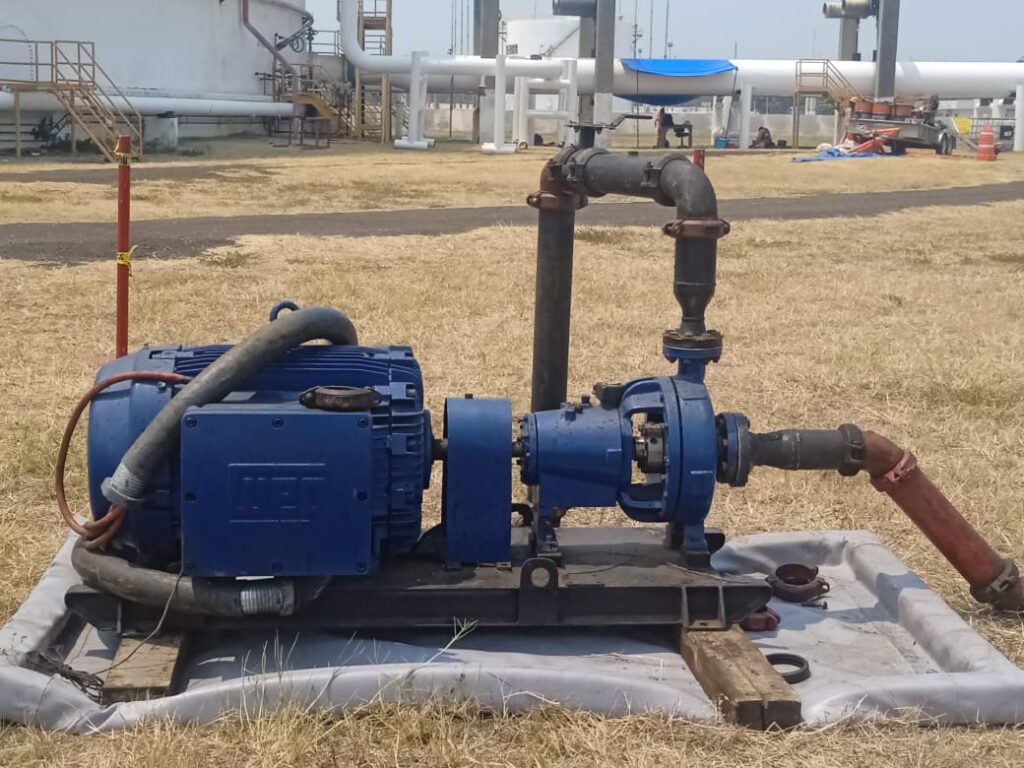Keep Your Facilities in Optimal Condition.
Introduction:
Ground tank cleaning is an essential aspect of industrial maintenance.
These tanks are used to store a wide variety of products, from fuels to chemicals, and it is crucial to keep them clean to ensure the safety, efficiency, and integrity of the stored products.
In this article, we present a comprehensive guide to ground tank cleaning, covering everything from preparation to the most effective cleaning methods.
1. Preparation for Ground Tank Cleaning:
a. Risk assessment: Before starting any cleaning process, a thorough assessment of associated risks must be carried out, such as toxic gases, explosions, or hazardous substances present in the tank.
b. Planning and coordination: Establish a detailed cleaning plan, including personnel involved, necessary equipment, and work schedule. Coordinate with other areas of the plant to minimize production interruptions.
2. Ground Tank Cleaning Procedures:
a. Safe drainage: Empty the tank of its contents safely, following proper procedures to prevent leaks, spills, or contamination.
b. Mechanical cleaning: Use tools such as scrapers, brushes, and high-pressure equipment to remove residues adhered to the tank walls and bottom. Be sure to use the necessary personal protective equipment and follow safety instructions.
c. Chemical cleaning: In some cases, it may be necessary to use specialized chemical products to dissolve and eliminate persistent contaminants. Make sure to use the appropriate products and follow the manufacturer's instructions.
d. Rinsing and drying: Perform a thorough rinse to remove any remaining chemical residue or sediment. Then, allow the tank to dry completely before refilling.
3. Additional Considerations for Ground Tank Cleaning:
a. Safety first: Ground tank cleaning can be dangerous due to the presence of chemicals, toxic gases, or confined spaces. Be sure to follow safety protocols, use appropriate personal protective equipment, and have trained personnel in safety procedures.
b. Regulatory compliance: Verify and comply with all applicable environmental and safety regulations and standards during ground tank cleaning.
c. Regular maintenance: Establish a preventive maintenance schedule for periodic tank cleaning, thus avoiding excessive residue buildup and extending their useful life.
Conclusion:
Ground tank cleaning is essential to ensure safety, maintain your facilities in optimal condition, product quality, and regulatory compliance.
By following proper preparation and using the correct cleaning procedures, you can keep your facilities in top condition. Always remember to prioritize safety, comply with regulations, and establish a regular maintenance schedule to ensure the efficiency and integrity of your ground tanks.

